Digging a well requires a great deal of planning and skill to ensure the safety of yourself and your property. It can be an enriching experience, as having your private water source gives you more independence regarding where you get your water. However, it is essential to note that digging a well is no small task and should not be attempted by beginners or those without the necessary training.
Digging the Well – preparation
Before attempting to dig a well, it is necessary to determine which type of well best suits your needs and location. There are two primary types of wells: hand-dug wells, which require manual excavation with shovels or picks and drilled wells, which use specialized machinery and tools to bore through the earth. Depending on your area’s soil type, oarea’sion may be preferable.
If you live in the US, you must know your frost line by zip code. For construction purposes, you need to see the frost line depth because, for example, water pipes (around the well) need to be set below a frost line to prevent them from freezing in the winter. Learn how to dig the frozen ground, too.
Once you have determined what type of well you require, you must begin researching local regulations concerning private water sources in your area. Many states have laws and rules governing who can drill for water on private land and how it must be done. Additionally, depending on the depth at which you intend to drill or excavate, you may need additional permits from environmental regulatory agencies such as local health departments or state wildlife divisions.
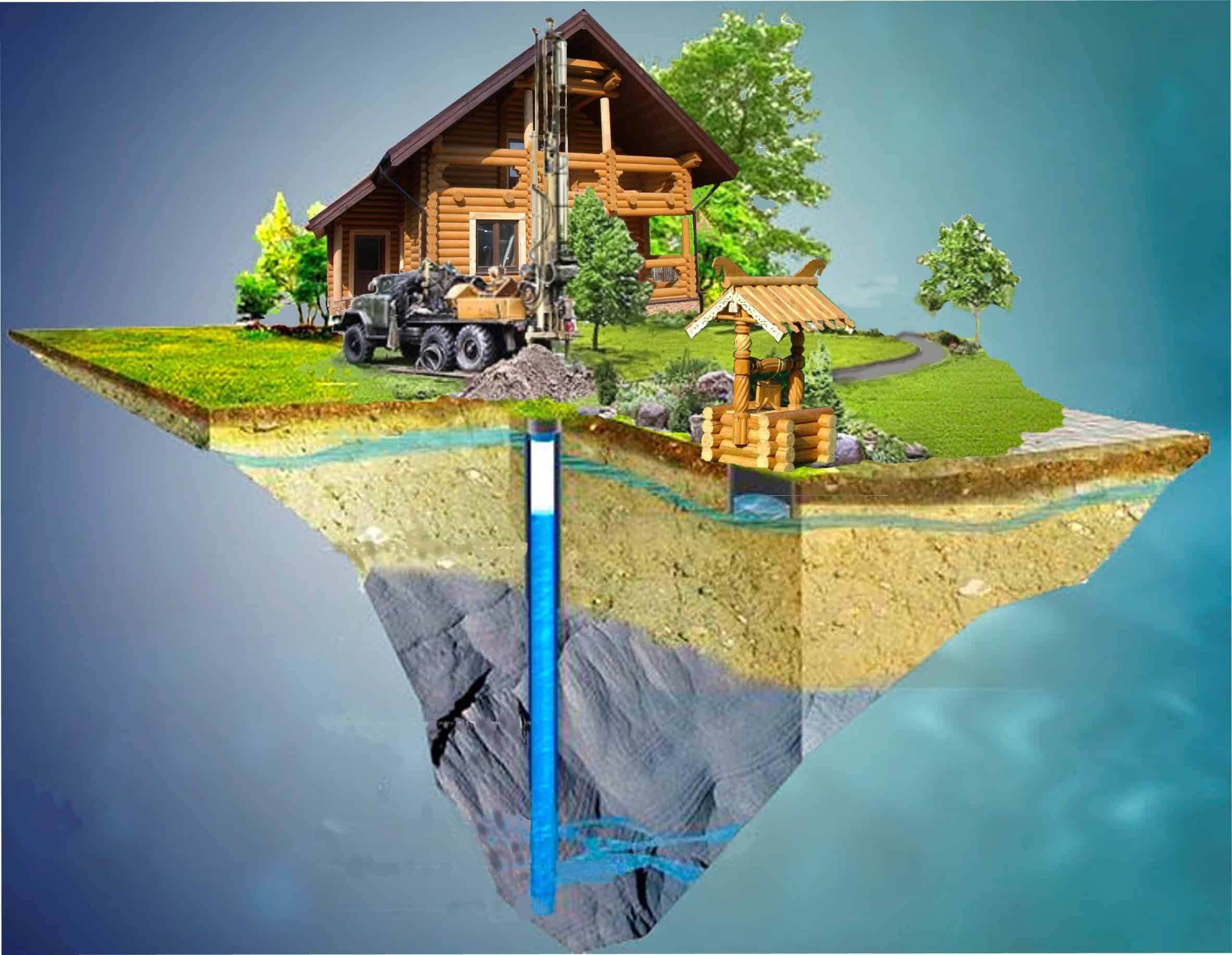
In addition to determining local regulations for drilling for water, it is also essential for anyone attempting this task to know the different components involved in constructing a well. This includes understanding how groundwater works, being aware of any underground piping that could interfere with the drilling process, knowing where to place protective casing around any exposed areas of pipe or tubing during installation processes, as well as being familiar with methods used for sealing off these components after the installation has been completed.
When drilling or excavating begins, everyone involved must take appropriate safety precautions. This means wearing personal protective equipment (PPE), such as goggles and hard hats when dealing with heavy machinery; keeping all bystanders away from areas where power tools are being used; using only recommended materials approved by local authorities; monitoring levels of atmospheric pressure closely; refraining from smoking near any open flame sources, and properly disposing of all hazardous materials when excavation is complete.
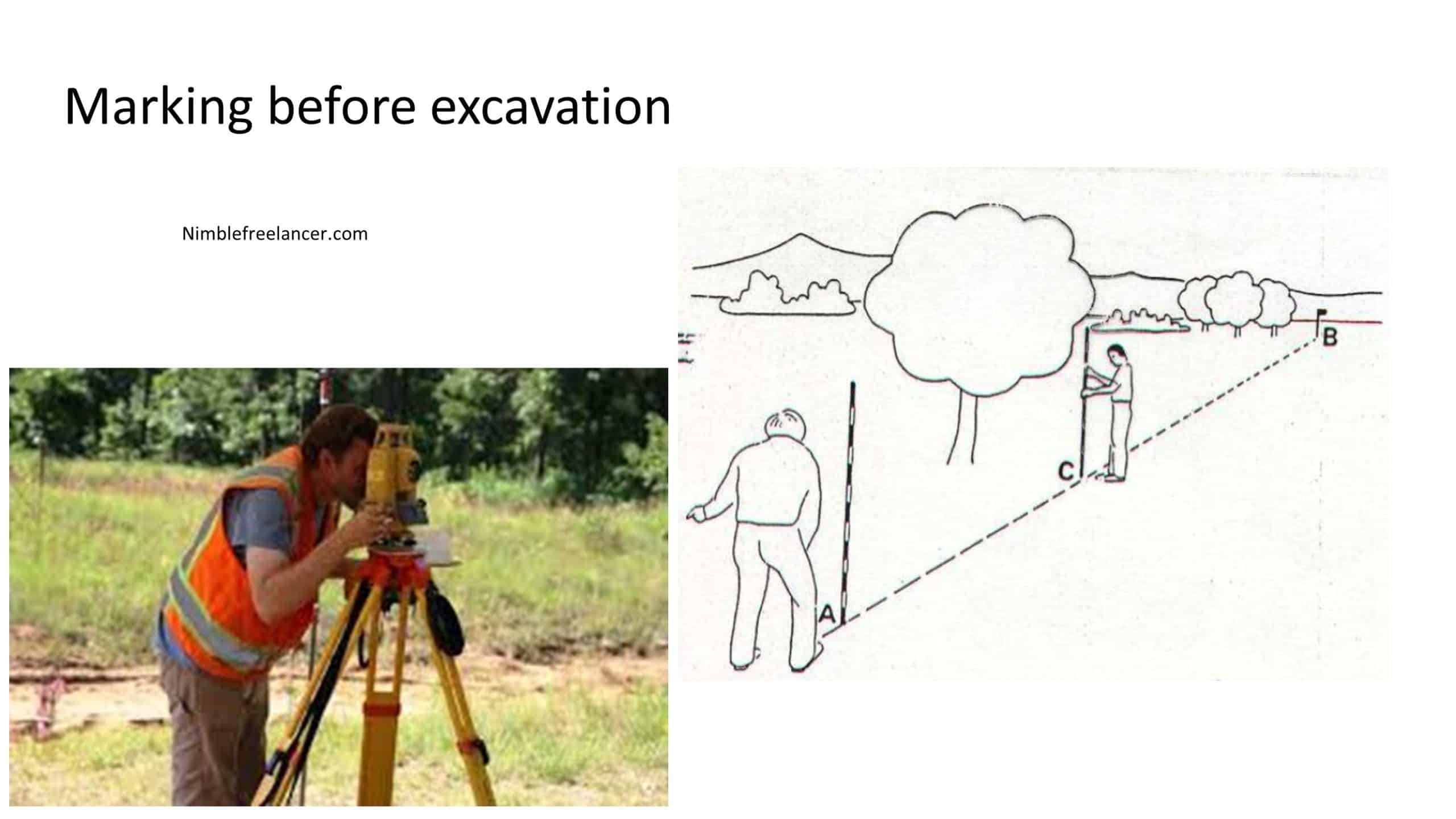
It would be best if you prepared the following tools:
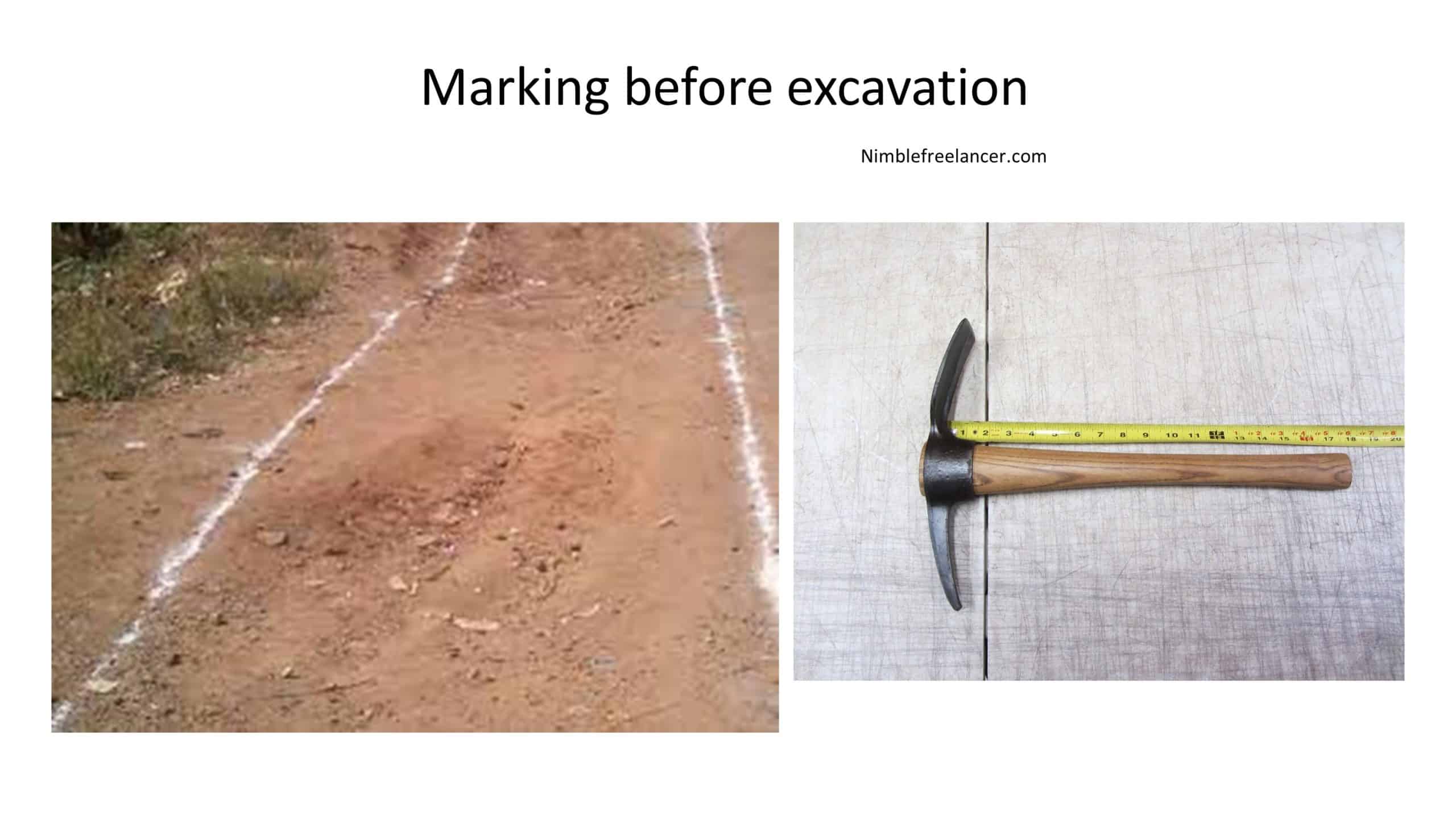
Colors for marking the area are:
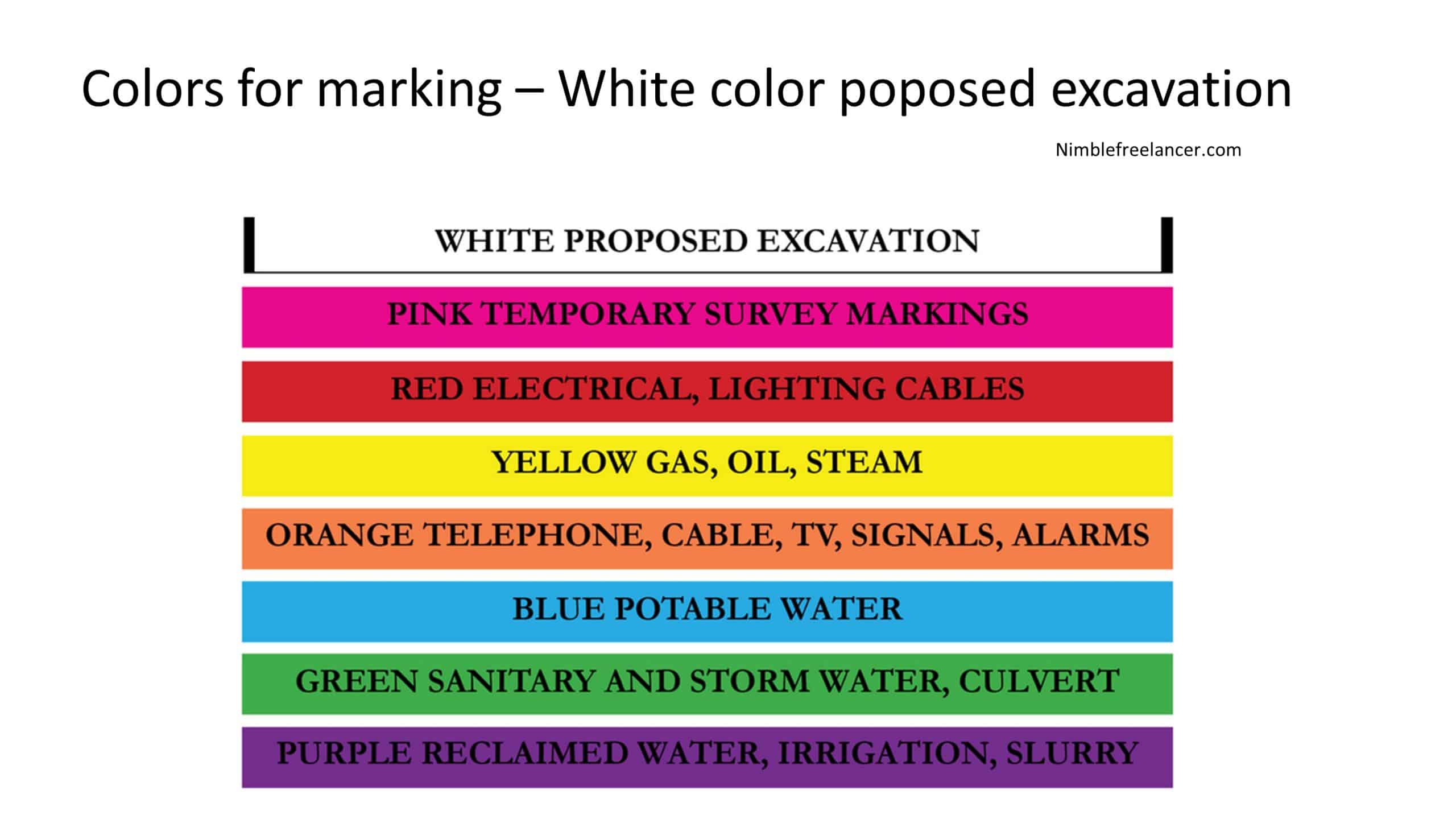
Do not make a mistake and cut the utility line :
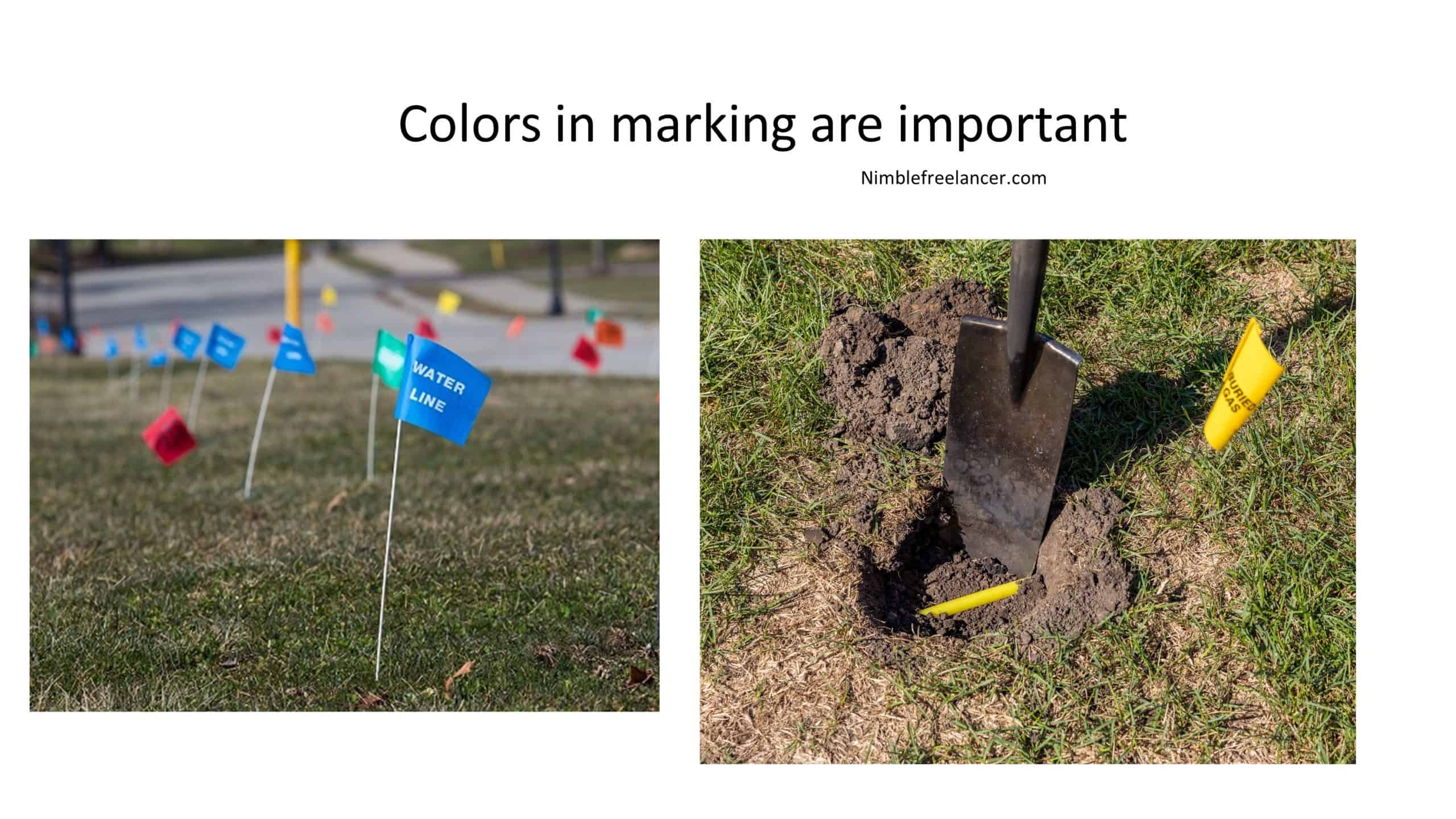
Once construction has finished successfully, several steps are still required before a well can provide usable drinking water. This includes disinfecting all parts of the system using chlorine bleach or sodium hypochlorite solution; installing a filtration system if needed; regularly testing for potability; ensuring adequate flow throughout all points within the system; performing regular maintenance checks on pumps and other elements within the system’s infrastrucsystesystem’sning records regarding ownership rights over the source itself, and finally connecting it up securely with an electricity source so that pumps can operate efficiently at all times when needed.
Digging a well requires significant research ahead of time, in addition to skillful execution during construction itself. Given its complexity, it’s always best to attempt this project yourself unless you possess ample knowledge about groundwater systems and prior experience working with wells. However, proper preparation can become an immensely satisfying process that grants access to clean drinking water and greater autonomy over one’s life.
How’s the cost of digging a well?
Digging a well in the United States can be expensive, but the cost will vary depending on location, depth, and other factors. On average, they were digging a US well that costs between $2800 and $13,000. In most cases, the price of digging a well will depend on its depth. Shallow wells that reach depths between 30 and 100 feet typically cost around $2800 – $6,500.
This is because they are easier to excavate and require less equipment than deeper wells. However, your costs may increase significantly if you drill through hard rock or need extra equipment to reach greater depths. Deeper wells that reach down several hundred feet may cost anywhere from $8,500 to $13,000.
The type of soil you are drilling will also determine the cost of digging a well in the US. Softer soils, such as sand and loam, are much easier to drill through than denser clay or solid rock. If you have solid bedrock beneath you, your costs can quickly escalate since specialized drills and equipment must be used to break through it effectively.
Other important factors that determine the cost of digging a well include water availability (how much water is available for extraction), access (do you need special equipment to get there?), permits (what local and state regulations must you comply with?), and labor charges by contractors or private companies involved in the project.
When planning on digging a well in the United States, it’s essential to cite all of these facts when estimating expenses so that you know what kind of budget you should expect when starting your project. Doing this will help ensure that there won’t be any surprises along the way that could significantly drive up your total costs. Additionally, it’s always wise to search multiple contracts before settling on one to compare quotes from each one and ensure that you’re getting a fair price for their services.





